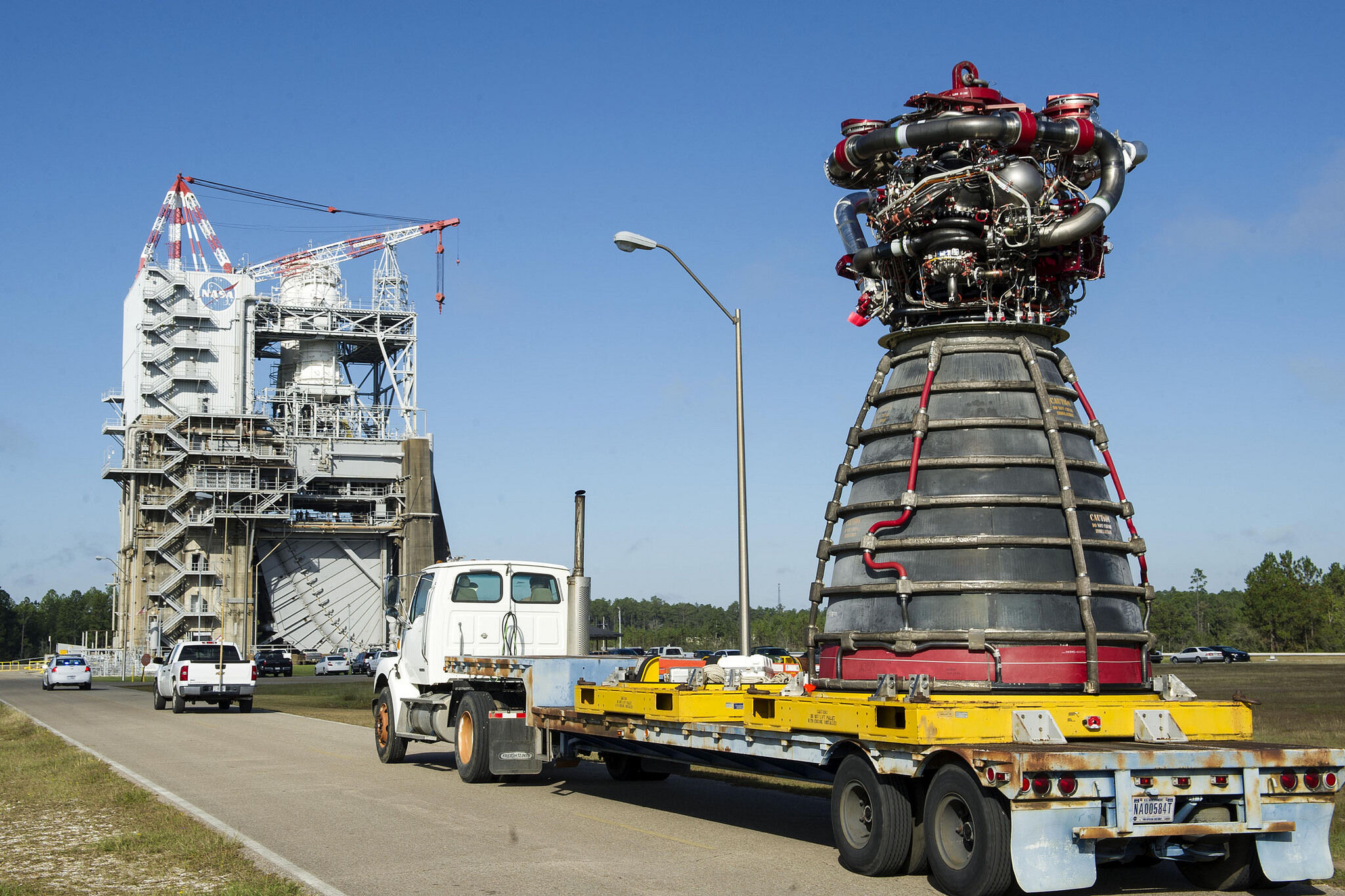Choosing the solution that is 100 times more expensive sounds absurd. Nevertheless, that is what the U.S. Congress has decided, which is why NASA is struggling to get its SLS rocket off the ground. It has nothing to do with putting a man on the moon and everything to do with keeping the big NASA factory in Alabama running. They don’t have the technology to compete with newer space companies like SpaceX but are cobbling together old Space Shuttle parts. They’ve actually been going around to museums in the U.S., taking out old space shuttle engines for the quixotic project foisted upon them by Alabama Senator Richard Shelby.
Some organizations face a similar challenge: The CEO or someone else in senior leadership has an idea for some technology, and IT is ordered to deliver it. It doesn’t matter if such a vanity project is practical, feasible, or cost-efficient. You cannot fight this kind of project individually because they are highly connected with the ego of one individual.
The solution is to establish a standard evaluation process for technology projects. Every project needs a business owner responsible for calculating the business benefit. Every project also has a technical owner responsible for calculating the cost, including the ongoing running costs after completion. If the benefit comfortably exceeds the cost, the project is qualified to enter the competition with other claims on company investment.
You might not have such a process because a rational decision might also kill some of the IT department’s most beloved resumé-enhancing projects…

